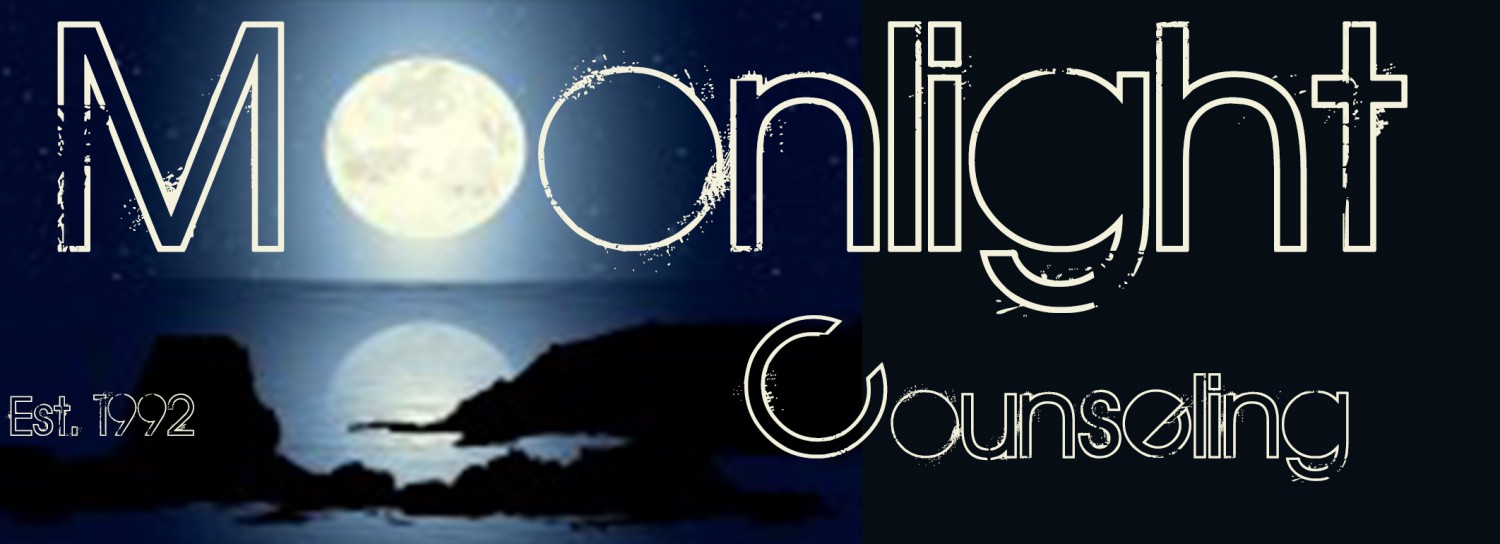From Dr. Art
My Dear Youth…
 |
||
|
|
With young minds “possibility” reigns large, and delusion is commonplace. You feel drawn to where others have failed and you multi-task like chimpanzees in quicksand. Your elders know nothing. Technology has made you smug, and if freedom is your mentor, consequence is your substitute history teacher. You crave to be unique just like everyone else. Sex and death are your constants, though the latter remains a fuzzy concept.
Adventure is jumping blindfold from airplanes, or maybe, matching and folding your socks as they were originally intended, and then returning them to the correct drawer. Happiness is a virtual job. Help comes in a reality sandwich, but you’re not hungry. You just ate a burrito. At least, not yet.
Contrary to the proverbial wisdom, youth is NOT wasted on the young—it’s actually a perfect holding-tank for the cognitively-challenged and hormonally “bound-and-determined.” In practice, one observes youthful delusions in people of all ages, particularly in Southern California. It’s simply easier to be delusional when you’re skinny, self-possessed, face-pocked, and driven by sex glands—there’s more free time for it, AND the body holds up better under the stress.
“Imagination grows by exercise,” said Somerset Maugham, “and contrary to common belief, is more powerful in the mature than in the young.” I myself (no spring chicken, and admittedly half-crazy) have known some PRETTY impressive delusions in my day, but I’m one who has put ear drops in his eyes and (quite true) once left the telephone in the refrigerator. Perhaps I AM no one to speak on the subject of delusion but this hardly seems relevant, as I am old now and pealing away like paint on the shed.
It should be noted that NOT ALL “young-mindedness” is delusional–only those parts swathed in the pursuit of eternal DESIRE (think ‘The Endless Summer’, that original 1963 surf flick I can still access from my long-term memory), nor hammered by the HONOR of unswerving allegiance to the causes of their fathers—the boys and girls of great warriors, the Mormon Missions to Banana Republics, the drug addictions and Tennessee scotch, the Yacht Club membership at Belvedere Cove, or else those newly HYPNOMINTED by the promise of unmitigated hedonics before the chrysalis of instant enlightenment, weekends in Bali (plus The New IPhone and “MTV hips”).
The tattoo is the perfect token of youthful delusion—the brilliant judgment to brand one’s fledgling self-statement onto tender body parts BEFORE achieving a full self, to say nothing of the ritual masochism and risk of immense DEBT advertised in the wrong slogan and engraved upon physical features better left unnoticed (and definitely, unadorned!). Oh youthful folly-doers, the unnecessary suffering you so attract! My favorite inkblot is that skull-and-bones upper arm bearing the inscription bolded in red: “Ask me about my parents divorce.”
But delusion in the “young-at-heart” is ultimately blameless—almost a necessary initiation—that can be attributed to lack of practice-time on the playing field of impermanence. Post-adolescence as a state of mind is crazily solid and predictable, no wonder it is the natural breeding ground for idealism and its ADHD cohort, fanaticism. Only it cannot see itself. Rock stars get laid by it, and advertisers rich on its fumes.
Often, these not-so-young (in years) are envious, and wish to rekindle past delusions. They yearn for the pristine world of hormones and fantasies where the ultimate in sensory realization is imagined to exist from its own side. (Fat chance!) They can be spotted on red surfboards in the dead of winter. They are the legends in their own minds. Their delusions serve mainly to reinforce the false self-sense, a sort of “penile enlargement of The Me” which promises to keep their hair beautifully-coiffed when the fierce winds of impermanence begin to blow.
Best of luck,
Art Rosengarten
Dr. Art wants to hear your response to this little chat today. Please comment in box below





